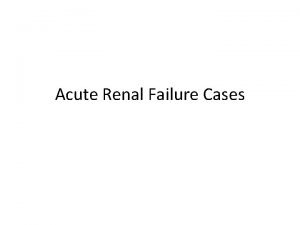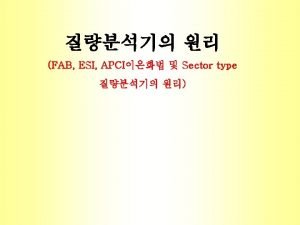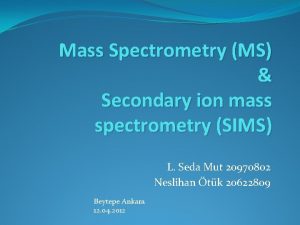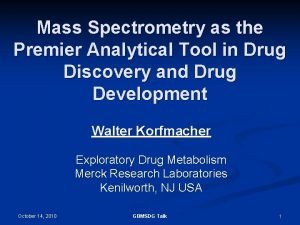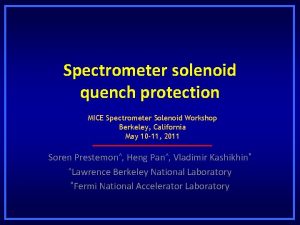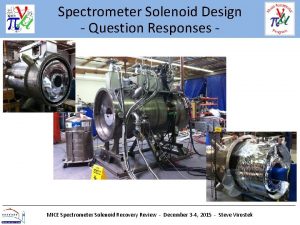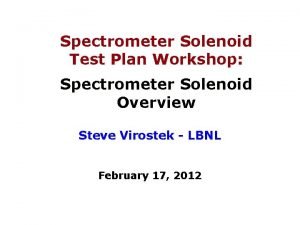MICE SPECTROMETER SOLENOID PLAN REVIEW SUMMARY Plan reviewed




- Slides: 4

MICE SPECTROMETER SOLENOID PLAN REVIEW SUMMARY • Plan reviewed by MAP Technical Board on Sept. 13 th • Review report finalized 20 th Review webpage: https: //indico. fnal. gov/conference. Display. py? conf. Id=4795

CHARGE A timely repair of the MICE Spectrometer Solenoids is crucial for both MAP and MICE. We must ensure that the plan is both adequate and, since it will require a significant fraction of MAP FY 12 funding, is also fiscally responsible. Review and comment on the following: • Are the past problems with the spectrometer solenoid sufficiently well understood so as to have confidence in the repair plan? • Does the repair plan adequately address the known past problems with the spectrometer solenoids? • Is the repair plan sufficiently conservative so as to limit the risk of another failure to an acceptable level? • Is the test plan appropriate? Is it sufficiently detailed in order to guarantee successful operation of the spectrometer solenoids in MICE, if the magnets pass test at the vendor? • Is the schedule credible? Are the schedule risks acceptable? STEVE GEER MAP PMG FNAL 21 September, 2011 2

RESOURCES Required resources not reviewed, but we keep track of them, and they are within the MAP FY 12 plan (SWF as above, plus 345 k$ M&S). STEVE GEER MAP PMG FNAL 21 September, 2011 3

REPORT SUMMARY “In general, the MAP TB was impressed by the work done by the Spectrometer Solenoid team. The TB has advised the MAP Director to accept the plan after taking into account the following: “ • The schedule needs to be checked in detail and revised to account for some inconsistencies (over-optimistic by ~1 month). • Measurement of the field along the axis with sufficient accuracy (3 -D Hall probe? ) to detect any substantial deviation from the nominal field direction should be considered. • To validate that the assumed “quench back” will happen, a calculation should be performed of the radial tension or compression on the interfaces between the inside of the coils and outside of the mandrel. • Triggering the “HTS lead protection” to draw down coil currents in the event of any indication of a quench should be considered. STEVE GEER MAP PMG FNAL 21 September, 2011 4

